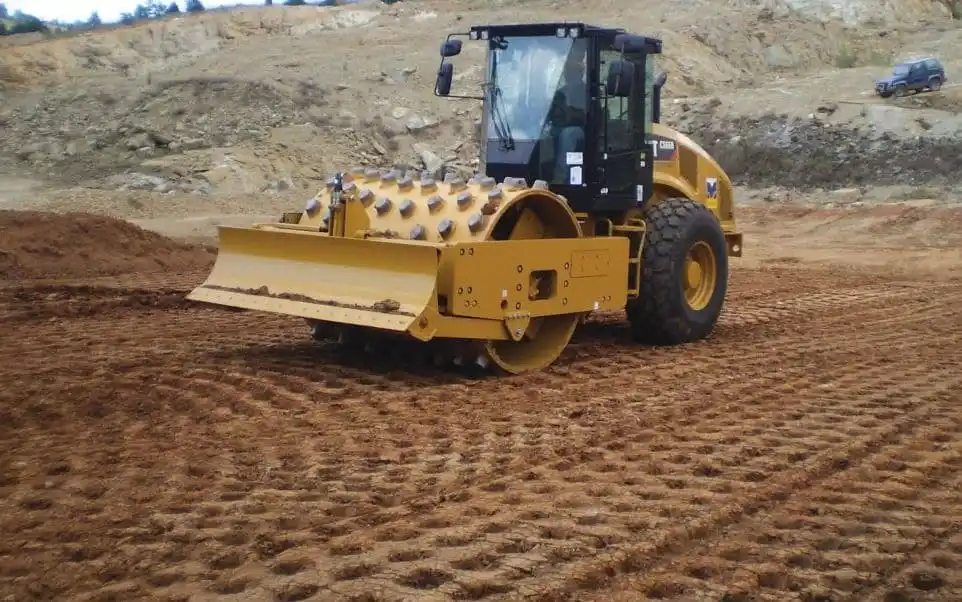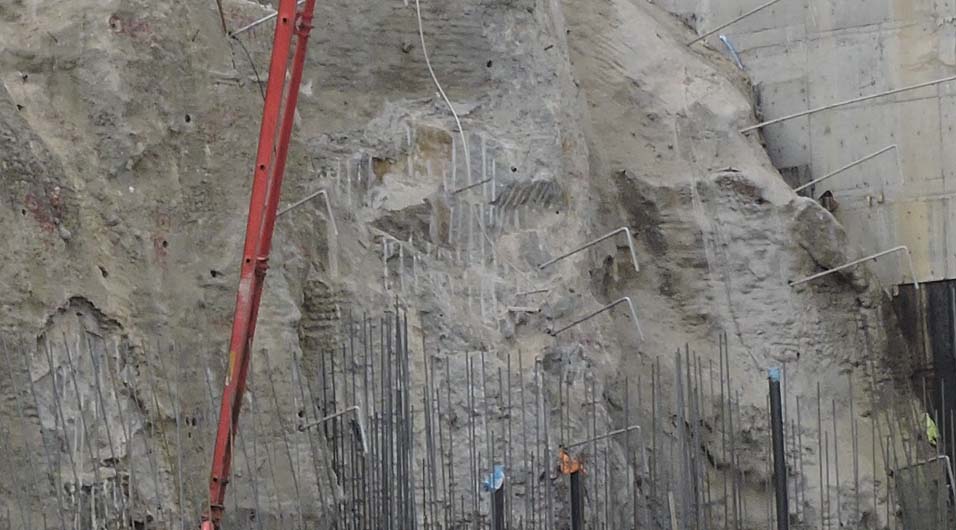Understanding the difference between compaction and consolidation is of utmost importance as it allows them to effectively design and construct different structures in civil engineering projects. This article aims to explain the key differences, and techniques associated with compaction and consolidation, and how these processes are utilized in various civil engineering projects.
Compaction is the process of applying external pressure to reduce the volume of a material. This is commonly done using a compactor, which is a machine that exerts pressure on the material. The pressure from the compactor can be static, such as in the case of a roller, or dynamic, such as in the case of a vibrating plate.
Consolidation, on the other hand, is the process of reducing the volume of soil by removing the water from it naturally when pressure is applied to it. This is assessed by using a consolidometer, which is a device that measures the consolidation settlement of a soil sample under a constant load.
There are four main types of soil compaction:
1. Vibration
2. Gravity
3. Impact
4. Pressure
Each type of compaction has its unique benefits and drawbacks. Vibration is the most common type of compaction and is typically used for loose materials, such as sand or gravel. Gravity can be used for both loose and dense materials but is not as effective as vibration. The impact is typically used for dense materials, such as concrete, and is the most effective type of compaction. Pressure is the least effective type of compaction and is only
There are two main types of consolidation:
1. Primary
2. Secondary
Primary consolidation is when the water is removed from the pores of the soil by gravitational forces. Secondary consolidation is when the water is removed from the pores of the soil by the contraction of the soil particles. Both types of consolidation are important in the design of civil engineering structures.
Compaction and consolidation are two important processes in civil engineering. They are used to reduce the volume of materials, remove water from the pores of the soil, and compact materials to make them denser and stronger. These processes are essential in the construction of buildings, highways, bridges, and other civil engineering structures.

Brief Comparision of Consolidation and Compaction
| Compaction of Soil | Consolidation of Soil |
| Compaction is a method of improving the soil with mechanical means. | Consolidation is a natural process that occurs with the application of loads. |
| Reduction of the volume of the soil will be done with the removal of air from the soil. | With the application of pressure on the soil expulsion of the pore water occurs with time. |
| Compaction of soil occurs when pressure is applied to the soil consolidation | Consolidation takes time and is not an instant process. |
| Compaction loading can be static or dynamic. | The static load applies from the foundation or by preloading. |
| Any type of soil can be compacted. | Consolidation occurs in cohesive soils such as clay. |
| Compaction does not depend on soil permeability. | Consolidation highly depends on the soil permeability characteristics. |
| Compaction is connected with the maximum dry density and optimum moisture content. There is optimum moisture content that reaches the maximum dry density which is the maximum compaction. | It takes a long time to reach 100% consolidation. However, when required, preloading will be done to have advanced consolidation set elements to minimize the settlement after the construction of the foundation. |
| Shear strength of soil increases. | Shear strength of soil increases. |
| Void ratio, compressibility, and permeability decreases. | Void ratio, compressibility, and permeability decreases. |
| Bearing capacity and settlement characteristics improve. | Bearing capacity and settlement characteristics improve. |
| Compaction is done purposely in order to get the maximum dry density of soil. | Consolidation of soil occurs naturally due to structural loads from foundations. When required, consolidation can be done with preloading in order to minimize the settlement of foundations. |
| It is done before the construction of the structure. | It begins naturally along with the construction load and structural loads. It also can be done before the construction with the preloading method. |
| To construct roads, earthen dams, embankments etc. compaction is useful. | The foundation soil properties will improve over long period due to consolidation. |


![Tunnel Design [a guide to designers]](https://www.structuralguide.com/wp-content/uploads/2019/11/Tunnel-1-1024x599.jpg)